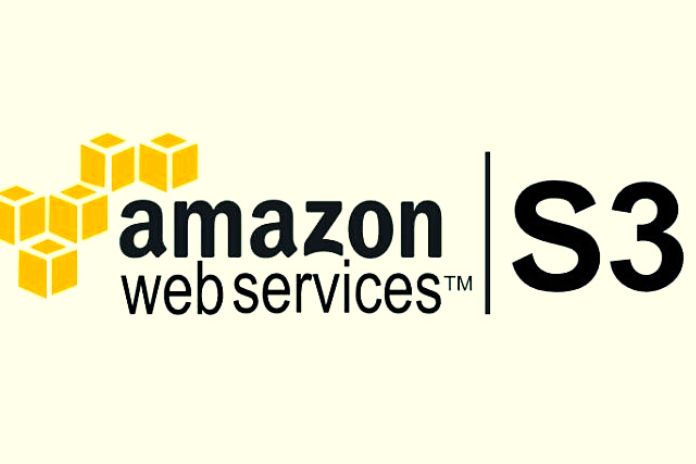First Steps With Amazon’s Cloud Storage S3

The utilization of distributed Cloud Storage S3 in Amazon Web Administrations is incredibly fascinating for organizations. AWS is immensely adaptable and offers sufficient extra room for all applications. If an organization involves cloud administrations in AWS, as a rule, information should likewise be transferred to AWS. The web point of interaction is again accessible here. Devices coordinating the distributed storage as a drive in Windows Traveler are helpful here. Notable instances of this are TntDrive and CloudBerry Drive. “One more S3-upheld Document Framework: yas3fs” is intriguing for Linux clients. This device can likewise transfer information to AWS in the cloud.
Use S3 Browser For The Upload
If you don’t have to load data into the cloud often, you can also use the free “S3 Browser” tool. The freeware is installed in a few seconds and integrates Amazon S3 as cloud storage. Once the device is installed, and the AWS account is connected, files can be uploaded and downloaded. Entire directories can be transferred to the cloud in this way. Permissions can also be granted for the files in AWS. Anyone who uses the software permanently in a commercial environment must license the Pro version. This costs about $30. If you use cloud storage more frequently with Mozilla Firefox, you should preferably use the Firefox add-in S3 Organizer. This offers precise management for web storage. macOS users can use the transmitting tool to access Amazon S3.
Upload Files To Amazon S3 Using Onboard Resources
Of course, additional tools are unnecessary to upload files to Amazon S3. Files can also be uploaded to the web interface using onboard resources. The menu item for managing Amazon S3 is available in the web interface of Amazon Web Services. When uploading data to Amazon S3, the first step is to create a bucket. This is the root folder in the cloud storage.
Below the bucket, administrators can create folders and store data in the folders. Multiple buckets can be created to structure data better. Users can use the context menu and the Upload command to upload files. If files are to be shared with other users, various options are available via the context menu, for example, Make Public. The relevant administrator can change the requests via the file’s properties if the rights are adjusted. The Permissions command is available in the right area of the console for this purpose.
Download And Delete Files
This is marked in the web interface to download files in the web client. The file is downloaded to the local computer using the Actions\Download command. If users click on a file with the left mouse button, the file is not downloaded but opened in the browser. Files can be deleted from the Cloud storage via the Actions area. The Delete command is available for this purpose. Before files are deleted, the process must be confirmed with OK.
Use S3 From The Command Line
Amazon offers tools for developing cloud solutions. These tools can also be used to download PowerShell extensions and use them to manage Amazon S3. Amazon also provides the command line extension “AWS Command Line Interface (CLI).” The extension is available for Windows in both 32-bit and 64-bit versions. Amazon Web Services management tools are also available for Linux and macOS X. For example, to create a new bucket named “my bucket” in the AWS CLI, use the AWS s3 MB s3://bucket command. The bucket is also available in the web interface and the other tools.
The costs: Amazon S3 prices
The “pay per use” principle at AWS applies – you only pay for what you use. With Amazon S3, prices vary depending on the region or the location of the S3 bucket. Amazon S3 is free to use as part of the AWS Free Tier. Upon signup, new AWS customers receive 5 GB of Amazon S3 storage in the standard storage class, 20,000 GET requests, 2,000 PUT demands, and 15 GB of monthly data transfers for one year.
Excerpt Of Storage Prices For The EU Region – Frankfurt Is Main
First 50 TB per month, $0.0245 per GB for Standard storage, $0.0135 per GB for Standard – Infrequent Access storage, and $0.0045 per GB for Glacier storage. There are also small costs for the requests (PUT, COPY, POST, GET, or LIST requests). Depending on the region, this amounts to around $0.0054 per 1,000 requests.
Read Also: Digital Workforce: RPA Goes Beyond Task Automation






